OT re: gadgets..good thermometer for yogurt-making?
rhome410
12 years ago
Featured Answer
Sort by:Oldest
Comments (16)
macybaby
12 years agolast modified: 9 years agorhome410
12 years agolast modified: 9 years agoRelated Professionals
El Sobrante Kitchen & Bathroom Designers · Pleasanton Kitchen & Bathroom Designers · Roselle Kitchen & Bathroom Designers · Wesley Chapel Kitchen & Bathroom Designers · Avondale Kitchen & Bathroom Remodelers · Blasdell Kitchen & Bathroom Remodelers · Camarillo Kitchen & Bathroom Remodelers · Cleveland Kitchen & Bathroom Remodelers · Islip Kitchen & Bathroom Remodelers · Lakeside Kitchen & Bathroom Remodelers · Olney Kitchen & Bathroom Remodelers · Hopkinsville Cabinets & Cabinetry · Lackawanna Cabinets & Cabinetry · Charlottesville Tile and Stone Contractors · Riverdale Design-Build Firmstheresse
12 years agolast modified: 9 years agobreezygirl
12 years agolast modified: 9 years agorhome410
12 years agolast modified: 9 years agobreezygirl
12 years agolast modified: 9 years agorhome410
12 years agolast modified: 9 years agobreezygirl
12 years agolast modified: 9 years agolawjedi
12 years agolast modified: 9 years agorhome410
12 years agolast modified: 9 years agolalithar
12 years agolast modified: 9 years agokashmi
12 years agolast modified: 9 years agorhome410
12 years agolast modified: 9 years agokashmi
12 years agolast modified: 9 years agorhome410
12 years agolast modified: 9 years ago
Related Stories
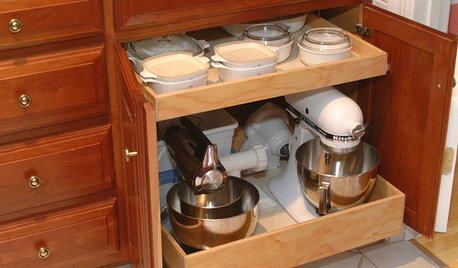
KITCHEN APPLIANCESConsidering a New Kitchen Gadget? Read This First
Save money, time and space by learning to separate the helpers from the hassles
Full Story
HOME TECHWhy Google Just Paid $3.2 Billion for a Company That Makes Thermostats
Smart home technology just got a new champion — and everyone is speculating about the reasons
Full Story
PRODUCT PICKSGuest Picks: Be Your Own Artisanal Chef
You may never settle for prepared foods again with these cooking tools, gadgets and storage pieces
Full Story
HOME TECHWhat if James Bond's Q Accessorized Your Home?
Play spy and boost home security the stylish way, with hidden cameras and other high-tech gadgets as accessories
Full Story
DECLUTTERINGFoolproof Ways to Declutter Your Kitchen
If you find yourself fumbling through cupboards to find what you’re looking for, it’s time to take action with these simple steps
Full Story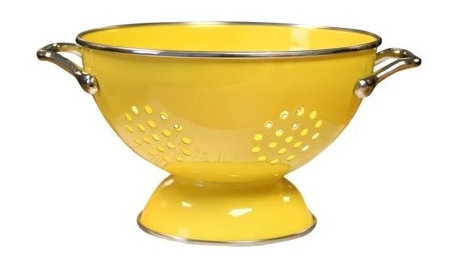
PRODUCT PICKSGuest Picks: The Well-Stocked Starter Kitchen
We’ve got all the kitchen basics and tableware you need (or that recent grad needs) to make cooking a joy
Full Story
LIFESimple Pleasures: The Joy of Baking
Fill your house with a heavenly scent and your heart with cheer by making time to bake
Full Story
OUTDOOR KITCHENSYour Grill Season Checklist
Get your barbecue in top shape and round up essential grilling tools to make your backyard cookouts sizzle
Full Story
LIFEHow to Prepare for and Live With a Power Outage
When electricity loss puts food, water and heat in jeopardy, don't be in the dark about how to stay as safe and comfortable as possible
Full Story
KITCHEN DESIGN10 Ways to Design a Kitchen for Aging in Place
Design choices that prevent stooping, reaching and falling help keep the space safe and accessible as you get older
Full StoryMore Discussions






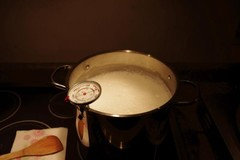
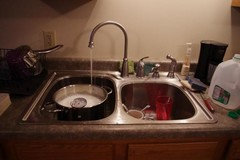
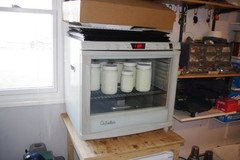

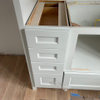
Orlando1